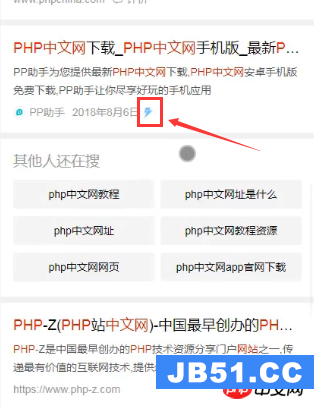即使我在ColdFusion管理员中将Web Service版本设置为1,仍然不起作用.
我称之为Web服务的方式是使用createObject函数:
<cfscript>
objSoapHeader = XmlParse("<wsse:Security mustUnderstand=""true"" xmlns:wsse=""http://docs.oasis-open.org/wss/2004/01/oasis-200401-wss-wssecurity-secext-1.0.xsd""><wsse:Usernametoken><wsse:Username>USERNAME</wsse:Username><wsse:Password>PASSWORD</wsse:Password></wsse:Usernametoken></wsse:Security>");
Application.UserWebService = CreateObject("webservice",PATH & "Requests/UserService.asmx?WSDL");
addSOAPRequestHeader(Application.UserWebService,"",objSoapHeader,true);
// Get the .Net resources
Application.NetResources = Application.UserWebService.GetNetResources();
</cfscript>
我收到的错误是:
Cannot perform web service invocation GetNetResources.
The fault returned when invoking the web service operation
is:java.lang.RuntimeException: Error obtaining parser from data
source:LanguageHeader cannot be null!
它指出LangaugeHeader不能为空. WSDL显示与GetNetResources操作相关联的两个消息:
<wsdl:portType name="UserServiceSoap">
<wsdl:operation name="GetNetResources">
<wsdl:input message="tns:GetNetResourcesSoapIn"/>
<wsdl:output message="tns:GetNetResourcesSoapOut"/>
</wsdl:operation>
</wsdl:portType >
然而,当查看消息列表时,我可以看到与GetNetResources相关联的三条消息:
<wsdl:message name="GetNetResourcesSoapIn">
<wsdl:part name="parameters" element=tns:GetNetResources"/>
</wsdl:message>
<wsdl:message name="GetNetResourcesSoapOut">
<wsdl:part name="parameters" element=tns:GetNetResourcesResponse"/>
</wsdl:message>
<wsdl:message name="GetNetResourcesLanguageHeader">
<wsdl:part name="parameters" element=tns:LanguageHeader"/>
</wsdl:message>
如果操作只指定两个消息,那么WSDL文件中的哪个第三个消息与操作相关联?
ColdFusion 2016中的LanguageHeader参数似乎是绝对必需的,所以为什么在ColdFusion 9(Axis 1)中工作?
编辑1
为了回答我上面的第一个问题(striked out),我发现绑定中的以下代码与portType相反:
<wsdl:binding name="UserServiceSoap" type="tns:UserServiceSoap">
<wsdl:operation name="GetNetResources">
<soap:operation style="document" soapAction="http://tempuri.org/GetNetResources"/>
<wsdl:input>
<soap:body use="literal"/>
<soap:header message="tns:GetNetResourcesLanguageHeader" use="literal" part="LanguageHeader"/>
</wsdl:input>
<wsdl:output>
<soap:body use="literal"/>
</wsdl:output>
</wsdl:operation>
</wsdl:binding>
但是,仍然没有回答我的第二个问题.
编辑2
在玩了一段代码之后,我通过向Web服务调用添加一个变量来管理RuntimeException.
args = {TEST="<locale>en-CA</locale>"};
Application.NetResources = Application.UserWebService.GetNetResources(argumentCollection=args);
其中现在会导致以下错误:
Web service parameter name languageHeader cannot be found in the
provided parameters {TEST}.
由于TEST不是在WSDL中指定的实际参数,我将其修改为languageHeader,并收到此新错误:
Web service operation GetNetResources with parameters {LANGUAGEHEADER={<locale>en-CA</locale>}} cannot be found.
这表示languageHeader确实是正确的参数名称,但是它仍然找不到Web服务操作,因此我相信参数的“type”是不同的.
也许我不认为要发送一个字符串作为值,但是回头看看我的WSDL,它指出它们的类型是Locale是一个字符串:
<wsdl:types>
<s:schema targetNamespace="http://tempuri.org/" elementFormDefault="qualified">
<s:element name="LanguageHeader" type="tns:LanguageHeader"/>
<s:complexType name="LanguageHeader">
<s:sequence>
<s:element name="Locale" type="s:string" maxOccurs="1" minOccurs="0"/>
</s:sequence>
<s:anyAttribute/>
</s:complexType>
</s:schema>
</wsdl:types>
根据我的理解,我想将一个complexType对象作为一个包含Locale的参数作为一个字符串发送.
如果是这样,我会从CFML发送什么样的对象?
解决方法
// Create struct stLanguageHeader = structNew(); stLanguageHeader.locale = "en-CA"; Application.NetResources = Application.UserWebService.GetNetResources(stLanguageHeader);




